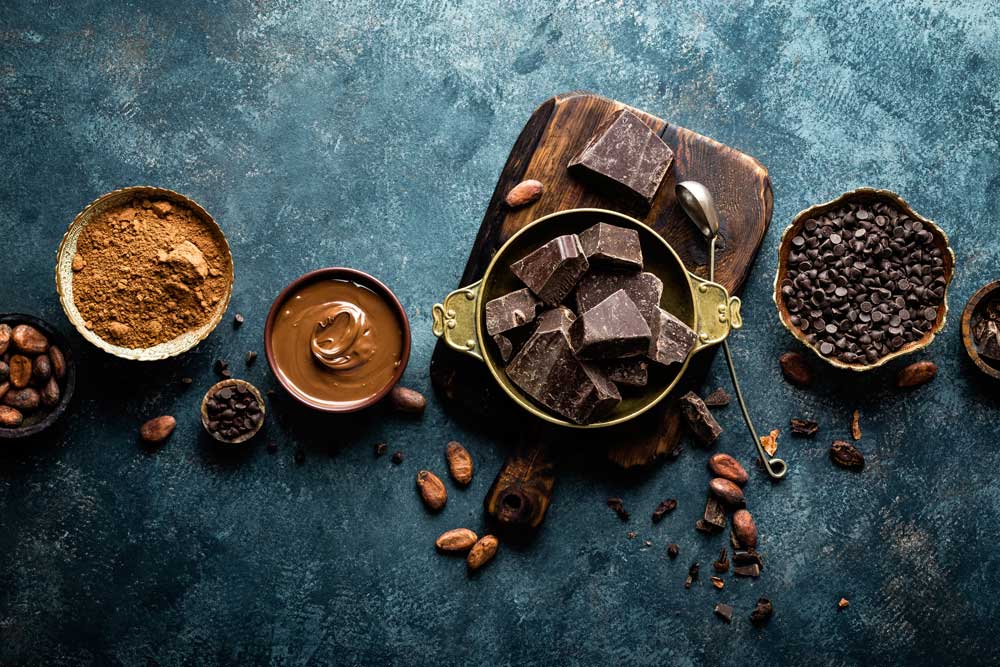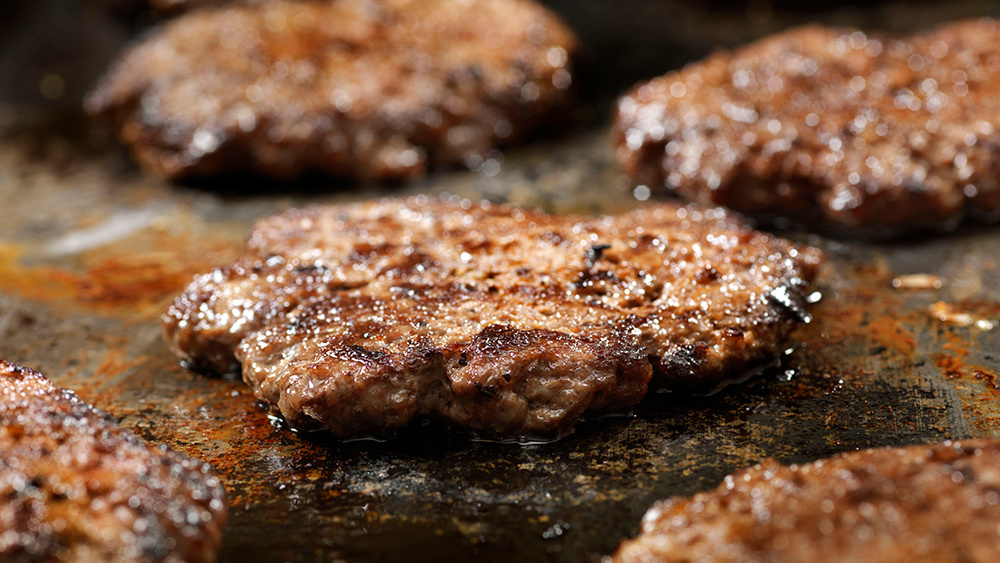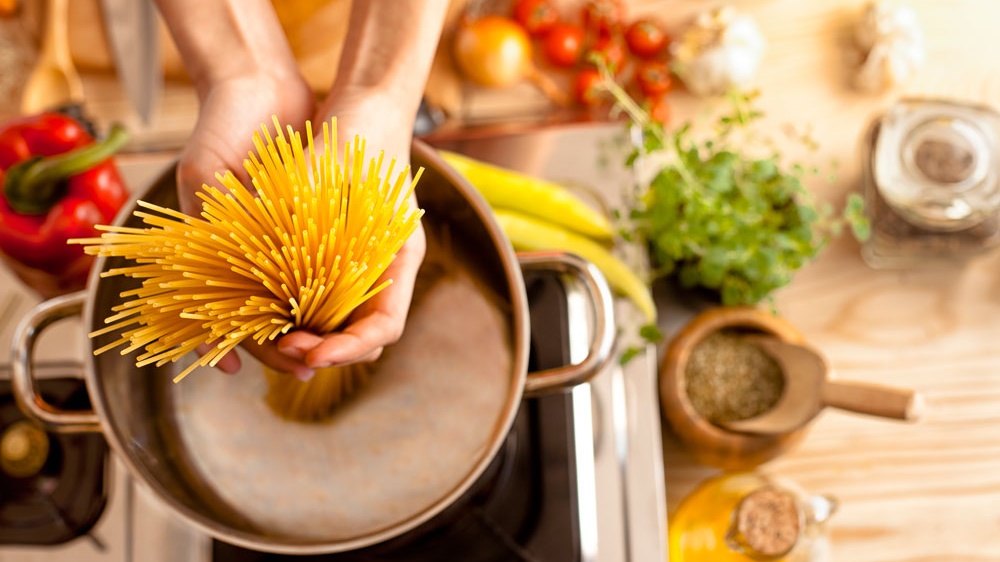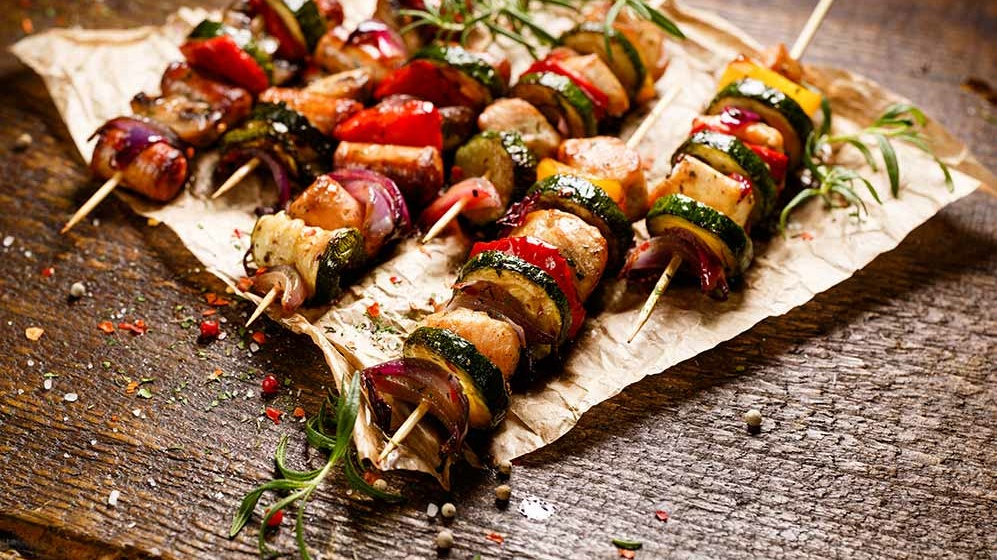The Only Chocolate You Should Eat

 Add to favorites
Add to favorites
Many diet gurus will tell you that chocolate is high in fat and calories and to stay away. But there’s more to it than that. I’m here to tell you that when you are finished dieting, chocolate can be part of your eating plan on a fairly regular basis.
As president and “Chief Dieter” of Plan Z, I get chocolate-related questions fairly often, especially around Valentine’s Day. Before starting Plan Z, I was a food writer and loved to cook, bake and entertain (in fact I still do), so I have a lot to say about this topic. I also loooove chocolate. (Who doesn’t, right?) Without being too long-winded, here’s the scoop:
Chocolate starts out healthy. It comes from cacao, which is a plant with amazingly high levels of antioxidants, minerals, and vitamins. The health benefits of cacao are so numerous that raw cacao is known as a “superfood.”(1) Raw cacao is super bitter though, so the beans are processed. They are fermented, dried, and shipped to factories where they are roasted and cracked. That’s how you get cacao nibs.
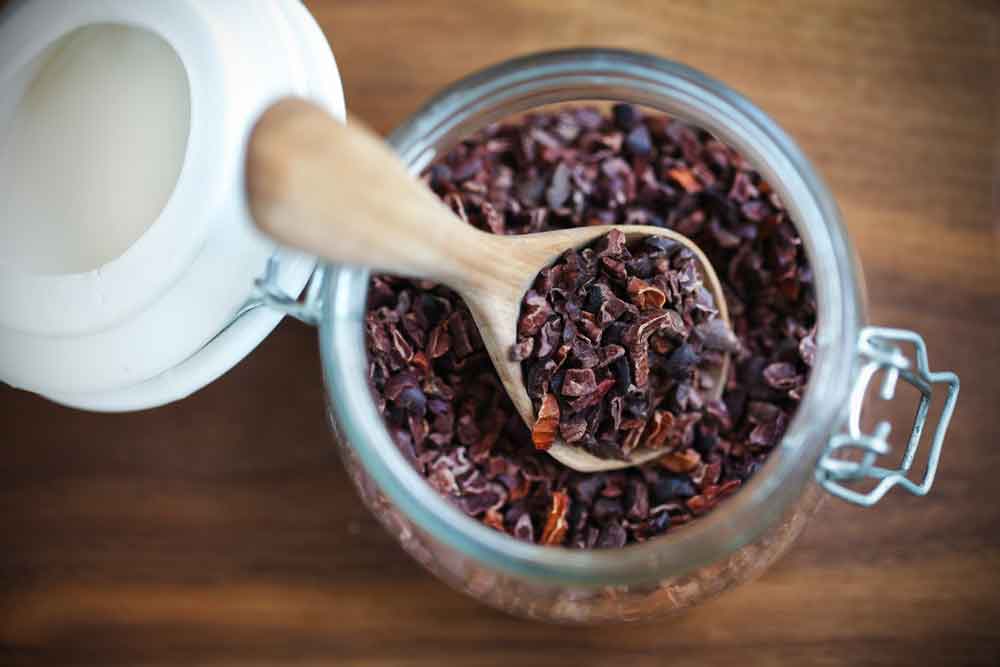
Cacao nibs resemble the texture of nuts but have a choco-bitter flavor. Pure cacao nibs are high in fiber, protein, healthy fats and low in sugar. Yes, they are good for you! They are a great plant-based source of iron, and they are also very high in magnesium, which is something everyone needs more of in their diet. 28 grams of cacao nibs added to your breakfast gives you nearly 1/3 of your daily recommended intake. Wowza! They also have a lot of the anti-inflammatory benefits of the cacao bean. But the nibs are dry and brittle and do not taste like the chocolate that comes to mind when we think of “chocolate.” So what happens next? They are processed…again.
The nibs are and ground into a thick paste. This paste is chocolate in its pure form. It contains a mix of cocoa solids and cocoa butter (cocoa solids = chocolate flavor, cocoa butter = chocolate texture). Claire Saffitz from Bon Appetit says it best, “Basically, it’s what’s in the chocolate that isn’t sugar, dairy, vanilla, emulsifiers, or other flavorings.” All chocolate products are made from this “chocolate liquor” (it’s called liquor but there’s no alcohol in it). How? The chocolate liquor is — wait for it — processed.
Unsweetened chocolate is chocolate liquor pressed into a solid mass. It has no sugar or milk additives. It’s also called baker’s chocolate. If you bake, you’re probably used to seeing it in recipes for chocolate desserts. What’s interesting is those unsweetened baking bars most closely resemble how chocolate was eaten for the last 3,500 years. It wasn’t until 1847 that we started adding sugar to chocolate bars (3). Before developing Plan Z, I was an avid baker. I remember tasting a bit of baker’s chocolate — I thought it tasted like dirt! No one snacks on unsweetened chocolate anymore. How our taste buds have changed!
Cocoa powder is unsweetened chocolate without the fat. Sometimes it goes through a process called “Dutching” which makes it darker, more mellow, and easier to dissolve into liquids. If you want to geek about the difference between natural cocoa powder vs Dutch-process check out this article. My favorite hot chocolate recipes use Dutch-processed cocoa powder.
To make the chocolate that we eat (and dream about), that chocolate liquor is processed (again) and mixed with other ingredients — like vanilla, sugar, more cocoa butter, and milk.
Dark chocolate is a chocolate that is at least 35% chocolate liquor. The higher the percentage, the fewer additives and the greater the health benefits. Want to eat chocolate and stay healthy? Dark chocolate is your best choice. Choose dark chocolate that has at least 70% cacao. I shoot for closer to 85% for my baking. If it’s higher than that, you probably won’t like it (see my dirt experience above). Believe me. Big YUK. Because dark chocolate at 70% or higher is still mostly cocoa butter and cocoa solids, it’s got many of the health benefits I mentioned above. It’s rich in minerals, such as iron, magnesium, and zinc. The cocoa in dark chocolate also contains antioxidants called flavonoids, passed down from the cacao bean. This is the chocolate that is linked to health benefits when eaten in moderation.
Milk chocolate contains at least 10% chocolate liquor and at least 12% milk. Huge difference. Since it has added milk, it is softer and melts easier than dark chocolate. It’s gone through additional *ahem* processing to add sugar, milk, sometimes additional cocoa butter. It’s not normally used in baking because it can make a dessert too sweet. It has such small quantities of cacao that you won’t get any health benefits from milk chocolate. It’s got so many additives and sugar in it that this kind of chocolate is linked to health problems.
White chocolate doesn’t actually have any chocolate in it at all! White chocolate is cocoa butter, sugar, and milk. While it is delicious in its own right, you won’t get any health benefits associated with white chocolate. All the sugar and other additives negate any benefits from the original cocoa plant.
In conclusion: When choosing a bar of chocolate, the higher the cacao percentage, the better off you’ll be.
Let’s say you decide to go with dark chocolate. How much is too much? Experts will say if you want to munch on dark chocolate every day, you should not go over 1 – 2 ounces. That’s usually a couple of little squares. It’s not a whole bar.
Here’s what you need to remember: Cacao is healthy food. Chocolate is a processed food.
My husband enjoys the benefits of dark chocolate. He adds a tablespoon of cacao powder to his smoothies. He sips the chocolate/fruit smoothie for his breakfast. Our cat likes it, too. He wants a little sip, so my husband indulges him.
When I make chocolate desserts I usually cut them into thin wedges. That’s usually enough to satisfy your guests’ sweet tooth. They actually appreciate that you didn’t cut them a big slab.
Enjoy your chocolate in moderation. Just keep it dark.
Cheers,

Nothing found.
Smash Burgers
ZS-5 Ingredients or Less,ZReboot,Featured Posts,ZSpecialties,Recipes
Smash burgers are all the rage. Step into a brew pub and you’ll likely find a smash burger on the food menu. These are NOT the huge, 8oz burgers we’ve been fed in the past. These are a thinner burger…
Nothing found.
Kitchen Hacks for Enjoying Lower Carb Pasta Meals
Enjoy your pasta; just don’t do it too often. Follow hints like this and you’re much less likely to gain weight.
Why To Eat Low Carb
Resolve to eat smart. Low-carb eating is not a trend. It is a smart solution to weight loss and weight management.

